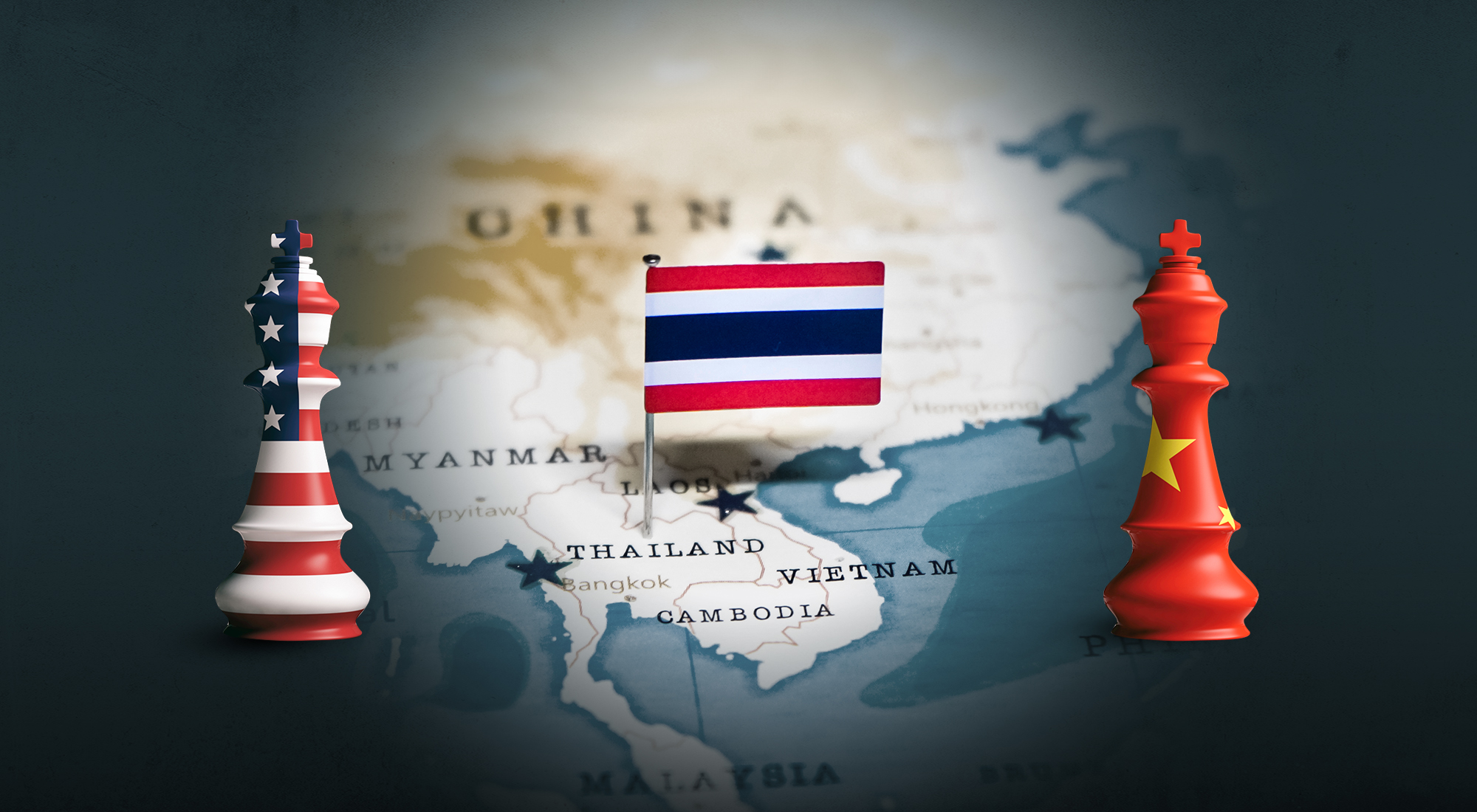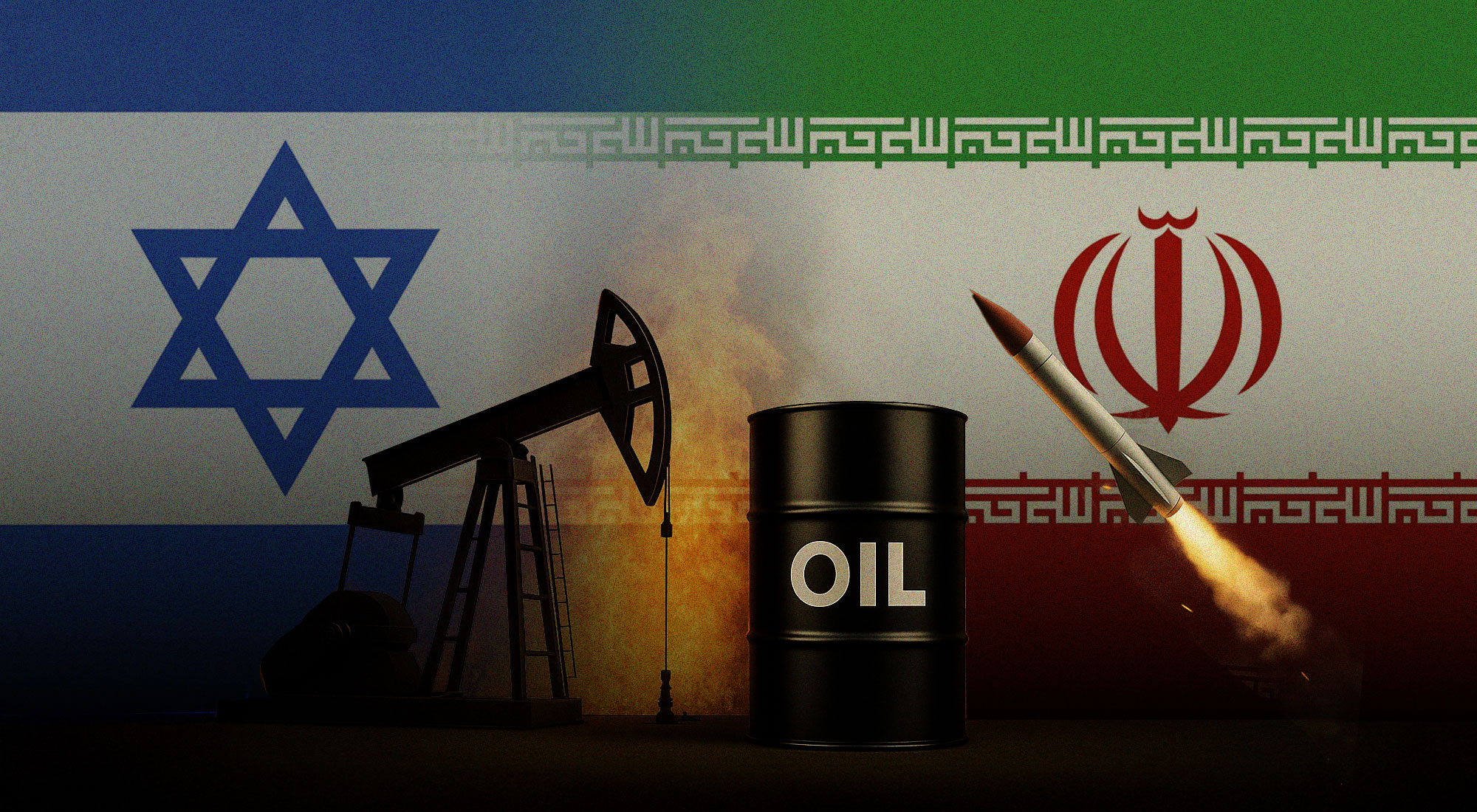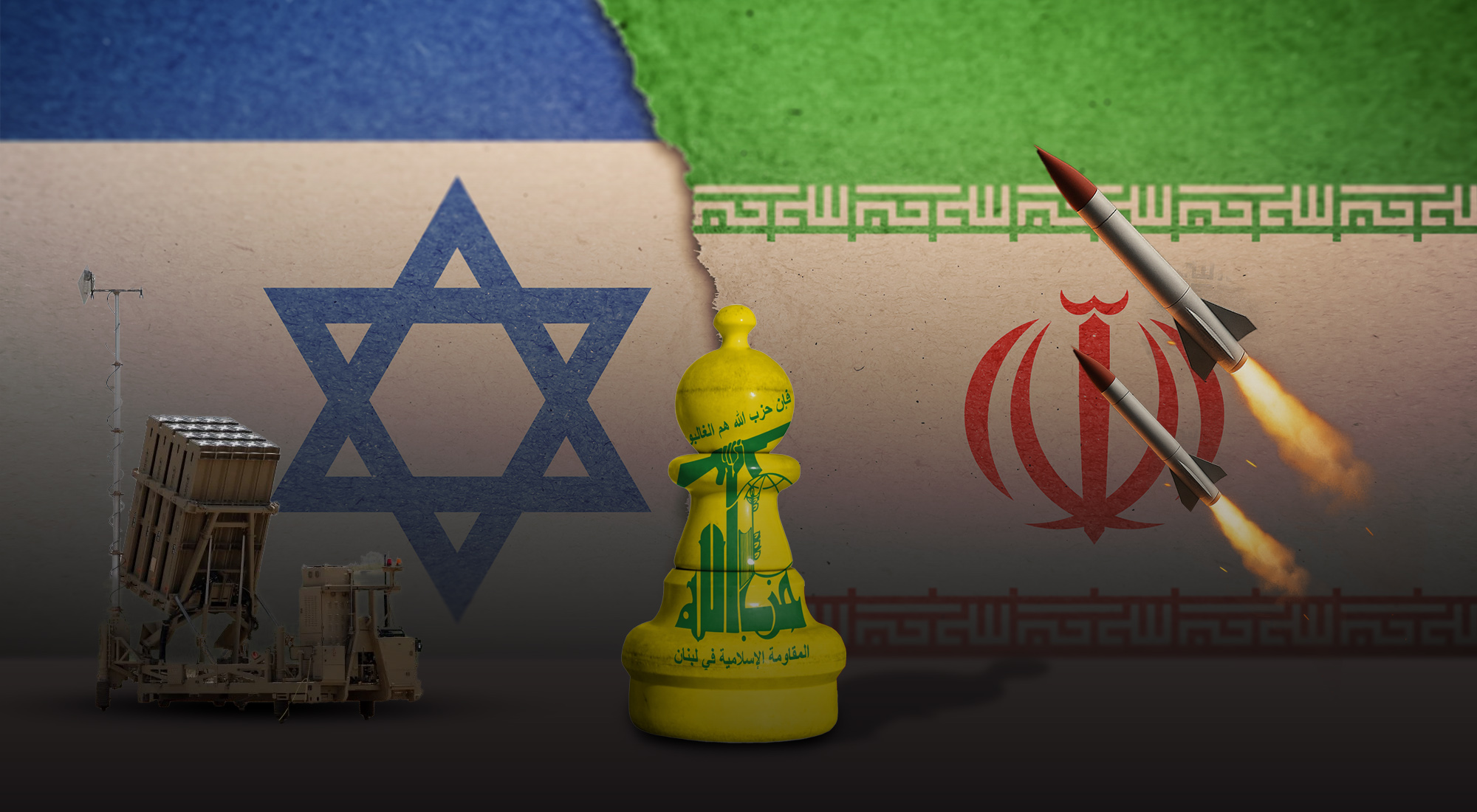Throughout its history, Thailand has stood as a prime example of a midsized nation deftly balancing its relations with competing superpowers. This strategic tradition has withstood the test of time despite domestic political upheavals and major shifts in the regional security environment. “We have had good relationships with the U.S. for 160 years. With China, we have many Chinese descendants, including [myself],” declared Thai Prime Minister Srettha Thavisin just weeks after emerging as the unlikely winner of the country’s long-drawn post-elections drama last year, which initially threatened to throw the Southeast Asian nation into yet another political crisis.[1] “China is also key to stimulating our economy going forward. We need to maintain our neutral stance and not take sides,” he added, signaling broad continuity in Thailand’s balanced approach to rival superpowers.[2]
In his first months in office, Srettha visited both China and the U.S., where he actively courted high-quality investments as well as tighter security cooperation. In the first half of 2023 alone, Chinese companies pledged US$1.7 billion in investments, primarily in the manufacturing sector. Meanwhile, Srettha also sought investments from major American companies, namely Microsoft Corp., Google and Tesla Inc.[3] During the Asia-Pacific Economic Cooperation (APEC) Summit in San Francisco last year, the Thai leader also invited his American counterpart, Joe Biden, for a state visit to the Southeast Asian country. Overall, the Thai leader has pushed for a new era of strategic cooperation with major powers and sought to reintroduce his nation as a dynamic and open economy.[4]
Thailand’s relations with the superpowers, however, have their own share of challenges. To begin with, Washington and Bangkok have been at loggerheads over the Southeast Asian nation’s authoritarian lurch in the past decades. The ensuing tensions, however, created a second source of bilateral tensions, namely Thailand’s active courtship of China as an alternative strategic partner.[5]
Meanwhile, Thailand’s relations with its giant northern neighbor have had their own share of hiccups, though bilateral diplomatic rhetoric has been overwhelmingly cordial. Big-ticket infrastructure and defense projects, ranging from high-speed railways to submarines, have been hampered by disagreements over technology access, costs, and overall terms of cooperation.[6] For Thailand, China represents immense opportunities, but there are also risks of economic overdependence and shrinking strategic autonomy, in addition to potentially disrupting Thai-U.S. bilateral relations.
At the heart of Thailand’s famed “bamboo diplomacy”, however, is a patient, methodical and non-committal approach to superpowers. The Southeast Asian nation is engaged in a classic “hedging” strategy, which is common across the region. In particular, hedging refers to a foreign policy doctrine under which there is “an insistence on not taking sides or being locked into a rigid alignment” with any superpower and an overall “inclination to diversify and cultivate a fallback position.”[7] Accordingly, Thailand, similar to fellow Southeast Asian states, has adopted “opposite or contradicting measures” that allow it to offset risks emanating from its multi-dimensional engagement with the superpowers.[8]
Domestic Upheaval
It’s hard to understate Thailand’s chaotic political history.[9] Over the past two decades, Thailand has been caught in a low-intensity civil war between largely working-class, rural “Red Shirt” supporters of the charismatic tycoon-turned-statesman Thaksin Shinawatra and the so-called “Yellow Shirts”, who support the monarchy and more middle-class and elite factions.[10]
But last year’s elections saw completely new, ideologically incoherent alignments, which defied the binary “Red Shirts” vs. “Yellow Shirts” distinction. If anything, as a Thai politics expert observed, “the clear distinction between the so-called ‘democratic’ and ‘authoritarian’ sides of Thai politics [was less prominent].”[11] Accordingly, the stakes in last year’s elections were also high, since many hoped to transcend the evil cycle (wongchon ubat) of political polarization and infightings.[12]
The Thai elections last year marked a watershed in the country’s history, exposing deep-seated fault lines as well as new alignments in an extremely tempestuous political landscape. Both the election results and the post-election political haggling defied all expectations. On the one hand, both the populist Pheu Thai Party (PTP), led by the powerful Thaksin family, as well as the military-aligned parties of then incumbent Prime Minister Prayuth Chan-ocha (United Thai Nation), along with his deputy Prawit Wongsuwan (Palang Pacharath Party), heavily underperformed.[13]
The youth-oriented, progressive Move Forward Party (MFP), which was built out of the ashes of the banned Future Forward Party, dominated almost all districts in Bangkok and managed to win the largest share of votes among all parties after an impressive 11th-hour rally. The upshot was nothing less than a “revolutionary election”, which threatened to overturn the status quo. The problem, however, was that the presumptive winner of the parliamentary elections, Pita Limjaroenrat, was effectively prevented from assuming power, thanks to a concerted effort by the political establishment, which began to warm up to its former nemesis, Thaksin, who was allowed to return to the country from exile as part of a broader political rehabilitation project.[14]
In effect, the MFP ended up unifying former enemies, who had now confronted a totally new political force, namely an increasingly organized, middle-class-driven and youth-centered progressive movement. Against this backdrop, Srettha Thavisin, another tycoon-turned-politician, emerged as a “compromise candidate” and a safe alternative.[15] Eager to stabilize politics at home, he adopted a cautious yet active foreign policy that aims to enhance Thailand’s economic prospects as well as its strategic autonomy.
Cautious Engagement
Thailand’s hedging combines “limited deference and selective defiance”, thus allowing it to protect its core interests without fundamentally endangering its relations with either the U.S. or China.[16] The hedging strategy that perfectly fits Thailand does not face a direct threat from China but instead is grappling with more “diffuse, fluid, and myriad” sources of risk that are broadly manageable.[17] This stands in direct contrast to the neighboring Philippines,[18] the other Southeast Asian U.S. ally, which is struggling with maritime and territorial disputes with the Asian superpower, thus its gradual embrace of a “soft balancing” strategy, which entails more overt military and diplomatic countermeasures against Beijing.[19]
Thanks to its relatively propitious geopolitical circumstances, Thailand, notwithstanding its alliance with the U.S., is in a prime position to conduct a sophisticated “multi-vector” and “multi-alignment” strategy that preserves its strategic autonomy and enhances its bargaining chip on the international stage.[20] As the only Southeast Asian nation that avoided colonization throughout the modern era, Thailand developed relatively sophisticated statecraft, which ensured optimal ties with all major powers. While maintaining generally stable ties with Beijing, Thailand’s strategic elite also built friendly ties with Washington in the mid-19th century.[21]
The heyday of Thai-U.S. relations, however, was the Cold War, when the Southeast Asian nation served as a forward deployment base for American operations in the Indo-China War. That period also saw Thailand and Maoist China in a de facto alliance against Soviet-backed Vietnam, which sought to establish its own hegemony in continental Southeast Asia. The Thailand-China-U.S. strategic triangle, however, took a radically divergent direction in the post-Cold War period. While the U.S. became an increasingly overbearing partner, pushing for radical political and economic reform in Thailand, China, in contrast, adopted a broadly constructive approach to its Southeast Asian neighbors.[22]
Things came to a head during the Asian Financial Crisis (AFC) in the 1990s, which devastated the Thai economy. Although the Clinton administration inadvertently contributed to the crisis by aggressively promoting financial liberation in Asia, it offered minimal support to the beleaguered Thais. Instead of exploiting the crisis, China, then a relatively insulated economy with a growing export-driven sector, offered support to its Southeast Asian economic rivals and actively promoted a regional stabilization mechanism as part of a broader Asian economic recovery initiative.[23]
The AFC, therefore, proved a watershed moment in Thailand’s foreign policy by exposing America’s strategic callousness, empowering nationalist-populist figures such as Thaksin, and dramatically enhancing the Thai elite’s estimation of China as a reliable strategic partner. The advent of the Global War on Terror in the early 2000s, however, saw a revival of security cooperation between Washington and Bangkok. But beyond fighting religious extremism and violent non-state actors, Thailand and the U.S. struggled to develop a unified vision of the emerging geopolitical order in Asia in the shadow of a rising China.[24]
If anything, Thailand-U.S. bilateral relations reached a crisis point in 2014, when yet another coup toppled a Thaksin-aligned government. Washington began publicly criticizing its Southeast Asian ally, while Thai authorities began to threaten “investigation” against then U.S. Ambassador Glyn Davies, who publicly questioned the Southeast Asian nation’s increasingly authoritarian direction as well as the controversial lèse-majesté law, which heavily criminalizes even the slightest expression of discontent towards the conservative Thai monarchy.[25]
There was a partial stabilization of bilateral ties under the Trump administration, which invited then-Prime Minister Prayut Chan-ocha to the White House, especially following the quasi-democratic Thai elections in 2019, which allowed the junta to project a softer international image and create a façade of democratic restoration. But Thailand remained broadly peripheral to the Trump administration’s regional strategy, which primarily focused on recruiting support from like-minded Indo-Pacific powers such as Japan, India, Vietnam, Singapore and Australia against an ascendant China. On its part, the Biden administration initially succeeded in injecting some energy into bilateral ties, especially after convening an inaugural bilateral Strategic and Defense Dialogue with Thailand as well as signing a new communiqué that reiterated the two nations’ century-old alliance. Thailand, on its part, backed the Biden administration’s key regional initiatives, namely the Indo-Pacific Economic Framework.[26]
Dancing with the Dragon
But bilateral tensions resurfaced shortly after, when the White House refused to invite Thailand to its Summits for Democracy events in Washington, while also rejecting Thailand’s request for the purchase of F-35 fighter jets. Biden’s snub of the 2022 APEC summit in Bangkok only reinforced mutual alienation between Bangkok and Washington. As a result, Bangkok has steadily gravitated towards Beijing, which has offered high-quality investments as well as advanced weapons systems.
The challenge in Thailand’s relations with China, however, is two-fold. Private sector investments from China continue to pour in, yet the picture is less smooth when it comes to big-ticket government-to-government projects and the overall direction of bilateral economic relations. On the one hand, there is the issue of symmetry, with Bangkok insisting on genuine economic partnership rather than dependency, especially since Bangkok also seeks to become a major manufacturing power in its own right as well as protect the integrity of its critical infrastructure. The much-vaunted US$5 billion China-Thailand high-speed railway project, a key part of Beijing’s Belt and Road Initiative (BRI), has been hounded by delays and disagreements, namely over Bangkok’s demand for tech-sharing and joint engineering.[27]
Meanwhile, China’s signature defense deal with Thailand, namely the billion-dollar Yuan-class submarine project, has hit a snag over technological and fiscal constraints. While China has struggled to source German-made engines for its for-export submarines, Thailand has had to slash its budget for the deal due to economic slowdown.[28] Aside from issues of reliability and potential dependence, Thailand’s growing defense proximity to China has its own risks, most notably limiting the Southeast Asian nation’s access to high-end American defense technology. For instance, the U.S. has blocked the sale of advanced weapons systems such as the F35 Multirole Stealth Fighter to Bangkok out of fears that its technology may get passed down to China by the Thai security establishment.[29]
There is also the risk of the U.S. downgrading intelligence cooperation as well as recalibrating the nature and depth of close to four annual joint military activities with its Southeast Asian ally. Economically, though China is Thailand’s top trading partner, the U.S. remains the Southeast Asian nation’s top export partner as well as the third largest source of Foreign Direct Investment (FDI).[30] By all indications, Thailand’s current leadership is determined to pursue maximal cooperation with each superpower, short of crossing either the U.S.’ or China’s red lines or ending up as overdependent on either side. The upshot is a relatively balanced hedging strategy, which allows the Southeast Asian nation to protect its core interests, maintain strategic autonomy, and optimize relations with major powers. It remains to be seen, however, how successful Srettha will be as the U.S.-China competition intensifies in the coming months and years. Overall, Thailand has found itself in a strategic sweet spot, which allows the Southeast Asian nation to maximize its relations with all competing superpowers.
[1] Philip Heijmans, “U.S. sees once-in-generation shot to reset rocky Thai alliance,” Japan Times, September 20, 2023, https://www.japantimes.co.jp/news/2023/09/20/asia-pacific/politics/us-reset-thai-alliance/.
[2] Ibid.
[3] Ibid.
[4] Charlie Campbell, “Thailand’s Prime Ministers Gets Down to Business. But Can He Heal His Nation?,” Time, March 17, 2024, https://time.com/6899782/thailand-prime-minister-srettha-thavisin-business-hub/
[5] Philip Heijmans, “U.S. sees once-in-generation shot to reset rocky Thai alliance,” op. cit.
[6] Stephen Chen, “China will transfer high-speed railway tech to Thailand, engineers say,” South China Morning Post, May 15, 2023, https://www.scmp.com/news/china/science/article/3220383/china-will-transfer-high-speed-railway-tech-thailand-engineers-say.
[7] Cheng-Chwee Kuik, “The Essence of Hedging: Malaysia and Singapore’s Response to a Rising China,” Contemporary Southeast Asia 30, no. 2 (2008), pp. 159–85.
[8] Ibid.
[9] Arin Chinnasathian and Karen Lee, “Thai Election Look-Ahead: How the Kingdom’s Foreign Policy May Change,” Center for Strategic & International Studies, April 5, 2023, https://www.csis.org/blogs/new-perspectives-asia/thai-election-look-ahead-how-kingdoms-foreign-policy-may-change.
[10] Marc Saxer, “Thailand Caught in the Vertigo of Change: How to Resolve the Political Crisis?” Friedrich Ebert Stiftung, June 2011, https://library.fes.de/pdf-files/iez/08228.pdf.
[11] Greg Raymond, “Thailand’s Upcoming Election Is Haunted by the Ghosts of Politics Past,” East Asia Forum, April 30, 2023, https://eastasiaforum.org/2023/04/30/thailands-upcoming-election-is-haunted-by-the-ghosts-of-politics-past/.
[12] Ibid.
[13] Dan Slater, “Thailand’s Revolutionary Elections,” Journal of Democracy [Online], May 2023, https://www.journalofdemocracy.org/thailands-revolutionary-election/.
[14] Ibid.
[15] Daungyewa Utarasint, “Strange bedfellows form Thailand’s ruling government,” East Asia Forum, October 13, 2023, https://eastasiaforum.org/2023/10/13/strange-bedfellows-form-thailands-ruling-government/.
[16] Cheng-Chwee Kuik, “Hedging in Post-Pandemic Asia: What, How, and Why?,” The Asan Forum, June 6, 2020, https://theasanforum.org/hedging-in-post-pandemic-asia-what-how-and-why/.
[17] Cheng-Chwee Kuik, “Getting hedging right: a small-state perspective,” China International Strategy Review 3 (2021), pp. 300–315 https://doi.org/10.1007/s42533-021-00089-5.
[18] Hunter Marston, Bich Tran Elina Noor, Richard Javad Heydarian, “Maritime Security and Hedging in the South China Sea,” (La Trobe University, 2023).
[19] Hunter Marston, “Navigating great power competition: a neoclassical realist view of hedging,” International Relations of the Asia-Pacific 24, no. 1, January 2024, Pages 29–63, https://doi.org/10.1093/irap/lcad001; John Mearsheimer, The Tragedy of Great Power Politics (New York: W. W. Norton & Co., 2001)
[20] Evelyn Goh, “Southeast Asian Strategies toward the Great Powers: Still Hedging after All These Years?,” The Asan Forum, February 22, 2016. https://theasanforum.org/southeast-asian-strategies-toward-the-great-powers-still-hedging-after-all-these-years/.; Evelyn Goh, “Meeting the China Challenge: The U.S. in Southeast Asian Regional Security Strategies,” East West Center, 2005,
https://www.eastwestcenter.org/system/tdf/private/PS016.pdf?file=1&type=node&id=32053;
[21] Jittipat Poonkham, A Genealogy of Bamboo Diplomacy: The Politics of Thai Détente with Russia and China (Australian National University Press, 2022), http://www.jstor.org/stable/j.ctv28x2bcj.
[22] Scot Marciel, “Navigating New Realities: The Future of US-Thai Relations,” Journal of Indo-Pacific Affairs, January-February 2024, https://media.defense.gov/2023/Dec/05/2003352246/-1/-1/1/JIPA%20-%20MARCIEL%20-%20THAI.PDF/JIPA%20-%20MARCIEL%20-%20THAI.PDF
[23] Joseph Stiglitz, Globalization and its Discontents, (W.W. Norton & Company, 2023).
[24] Scot Marciel, “Navigating New Realities,” op. cit.
[25] Ibid.
[26] Ibid.
[27] Stephen Chen, “China will transfer high-speed railway tech to Thailand, engineers say,” op. cit.
[28] Sakshi Tiwari, “Thailand Cancels Chinese Submarine Deal Over Unavailability Of German Engines; Opts For A Frigate Instead,” EurAsianTimes, October 22, 2023.
https://www.eurasiantimes.com/royal-snub-for-chinese-submarine-bangkok-pulls-out-of-deal/#
[29] Christopher Chivvis, Scot Marciel & Beatrix Geaghan-Breiner, “Thailand in the Emerging World Order,” Carnegie Endowment for International Peace, October 26, 2023. https://carnegieendowment.org/2023/10/26/thailand-in-emerging-world-order-pub-90818.
[30] Ibid.








